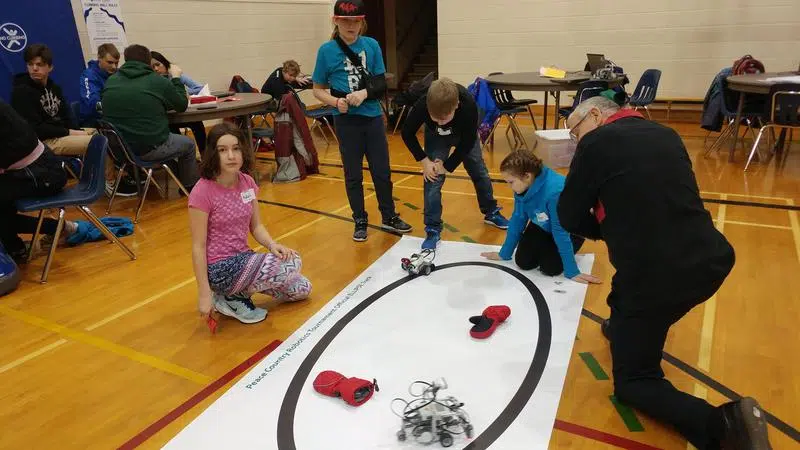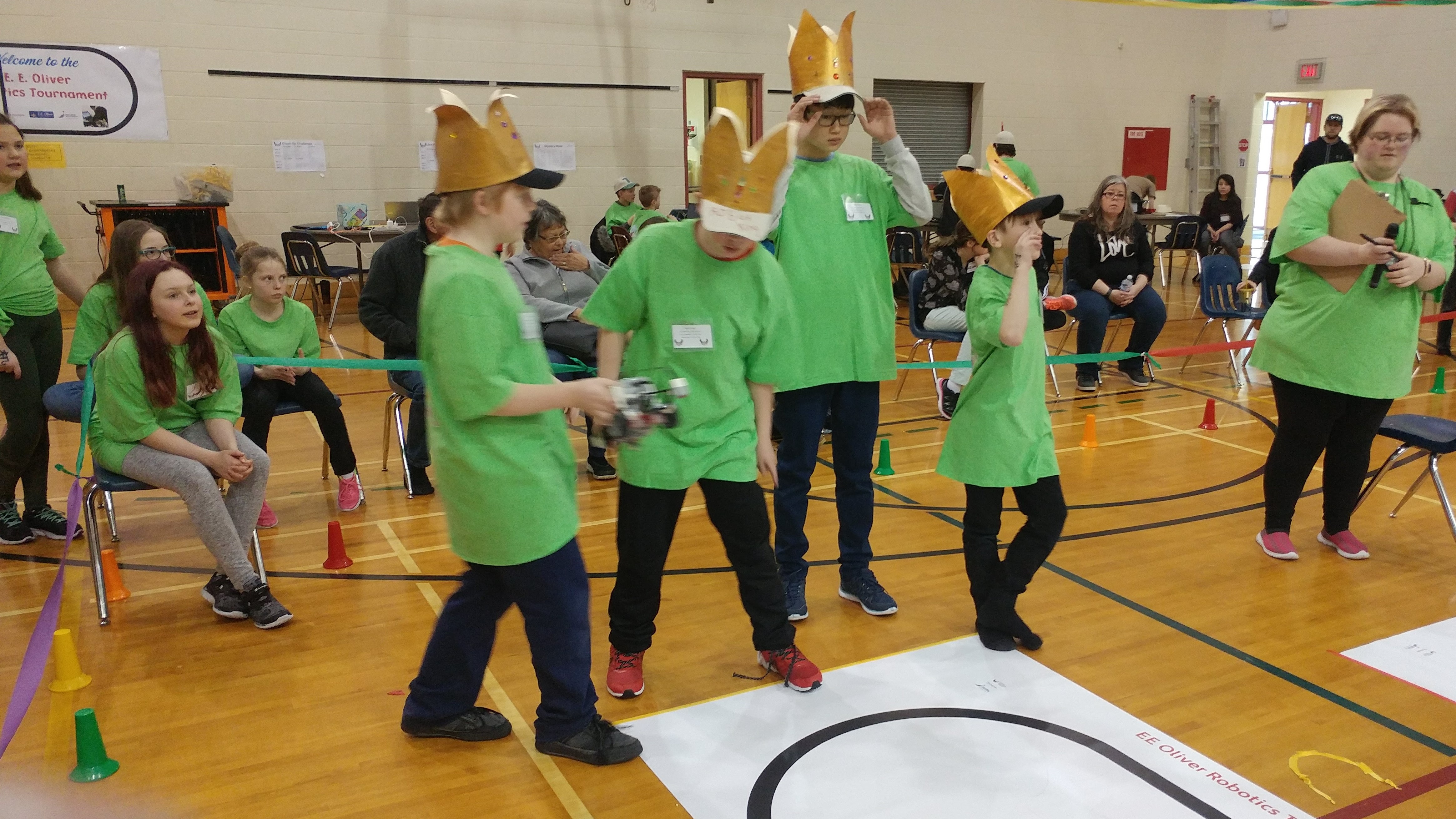
E.E. Oliver Elementary School hosts Robotics Tournament
E.E. Oliver Elementary School in Fairview will be hosting its third annual Robotics Tournament on April 10. This year the tournament that sees teams in attendance from all throughout Northern Alberta will have approximately 170 entries competing at the event.
About 30 teams will be competing, the majority coming from Holy Family Catholic Region and Peace River School Division. Teams are made up from between 2 to 10 students each. 15 different challenges are designed for students from grade 1 to 12.
Robots are made from, “Lego for the most part but this is the first year that I have opened it up for students to bring other kinds of robots. There’s a number of different companies that make different kinds of robots but most of the robots that come into this tournament are made from Lego kits,” says Jennifer Daniel, Inclusive Literacy Coach at E.E. Oliver Elementary School.


